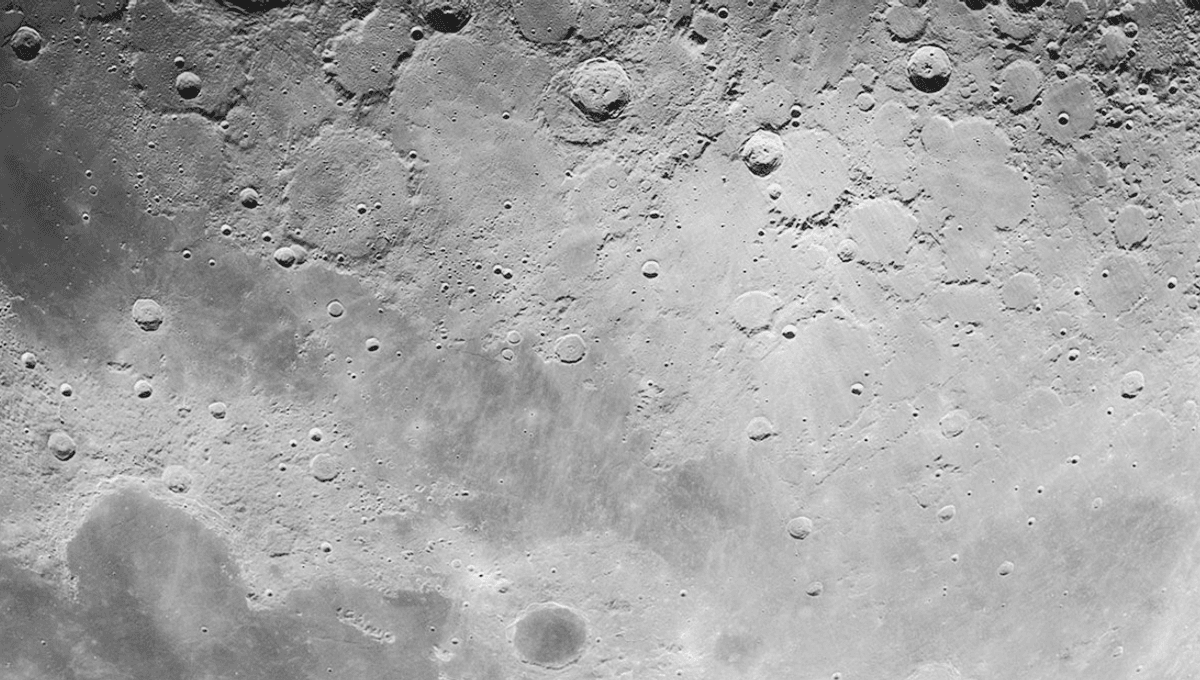
On June 5, the private Japanese company ispace will attempt to land its Resilience spacecraft on the surface of the Moon, after launching from Earth on January 15, and you can watch it happen.
The team expects the lander to make touchdown at around 3:17 pm EDT (7:17 pm UTC), though this could be subject to change as the landing approaches. The spacecraft has been on a low-energy transfer orbit, approaching the Moon slowly over several months, making small adjustments to its trajectory as it goes. Following the latest lunar orbital control maneuver on May 28, Resilience is set for landing, in an event that will be livestreamed to anybody who wants to watch a spacecraft touch down on our natural satellite.
Mission 2 follows an unsuccessful attempt in 2023, which lost communication during the landing attempt. If successful, it will be Japan’s first private spacecraft to safely land on the Moon and just the third commercial to successfully do so after Intuitive Machines’ Odysseus landed in February 2024 and Firefly Aerospace’s Blue Ghost landed in February 2025.
“Just over two years ago, on April 26, 2023, ispace, operating HAKUTO-R Mission 1, became the first private company in the world to attempt a lunar landing. While the mission achieved significant results, we lost communication with the lander just before touchdown. Since that time, we have drawn on the experience, using it as motivation to move forward with resolve. We are now at the dawn of our next attempt to make history,” ispace CEO Takeshi Hakamada said in a statement.
“Our goal is to build the cislunar economy, one in which the Moon and Earth are economically and socially connected. We view the success of the lunar landing as merely a stepping stone toward that goal. We strongly believe that this endeavor and its long-term success will contribute to making life on Earth sustainable for all humanity,” he added. “We would be honored to share the moment with each of you around the world as we strive to touch the Moon.”
https://youtube.com/watch?v=live&/BVSMXQPeTcw&feature=shared&wmode=opaque&rel=0
The spacecraft is attempting to touch down in the Mare Frigoris, or Cold Sea, region of the Moon near the lunar north pole, though backup landing sites could be used should the attempt go awry.
“Should conditions change, there are three alternative landing sites that are being considered with different landing dates and times for each,” ispace explained on X.
Mare Frigoris is of particular interest to scientists due to its unusual wrinkled ridges, with some thought to be less than 40 million years old. As the Moon loses heat and shrinks, it causes these crinkles in the surface.
“As the ground under Mare Frigoris shifts, it pushes up wrinkle ridges, which typically snake along the ground for several miles. The longest ones stretch about 250 miles (400 kilometers) — greater than the distance between New York City and Washington, D.C. — and rise as much as 1,000 feet (333 meters),” NASA explains. “Tectonic pushing and pulling of the lunar crust also sculpt curved hills called lobate scarps and shallow trenches known as graben.”
Inside the Resilience lander is a 5-kilogram (11-pound) rover named Tenacious, ready to explore the lunar surface. The 26-centimeter (10-inch) carbon-fiber rover is equipped with a shovel to collect lunar samples, as well as an HD camera to photograph the samples collected. The rover will communicate with Earth via the lander, assuming that the landing is successful.
The landing will be livestreamed on YouTube on June 5 at 3: 17 pm EDT (7:17 UTC).
Source Link: Watch Live Today As Private Resilience Spacecraft Lands In "Cold Sea" Region Of The Moon